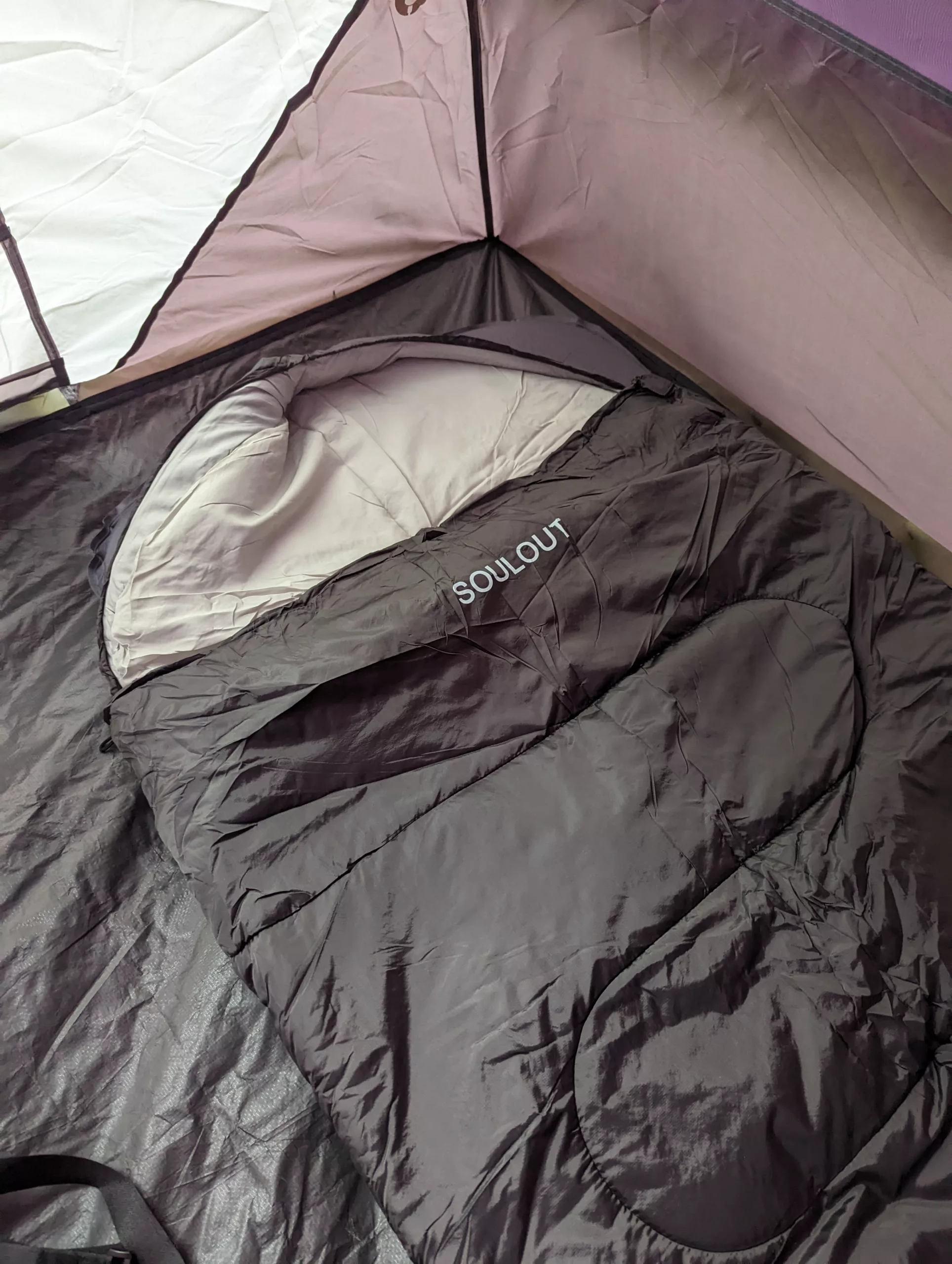Sleeping Bag Temperature Ratings Explained: Choosing the Right Bag for Your Outdoor Adventures

When it comes to outdoor adventures, a good night’s sleep is essential, and your sleeping bag plays a pivotal role in ensuring that. But how do you know if your sleeping bag will keep you warm enough? Understanding sleeping bag temperature ratings is key to making the right choice for your next trip. In this article, we’ll break down the EN and ISO rating systems, discuss how sleeping bag design affects warmth, and provide tips to help you stay warm no matter the conditions.
Sleeping Bag Categories by Temperature
Before diving into the technical details, it’s important to understand the different sleeping bag temperature categories:
- Summer/Low-Elevation: These bags are rated for 32°F and above, ideal for warm-weather camping or low elevations.
- 3-Season: Rated between 20 to 32°F, these bags are versatile and perfect for spring, summer, and fall camping.
- Cold-Weather/Winter: Designed for 20°F and below, these bags are essential for winter camping or high-altitude adventures.
Understanding EN and ISO Temperature Rating Systems
The EN (European Norm) and ISO (International Organization for Standardization) are the industry standards for sleeping bag temperature ratings. These systems provide a consistent and accurate way to measure a sleeping bag’s warmth, using a heated manikin to simulate average sleeper conditions. EN was the previous standard, but since 2017, ISO has taken over, offering even more precise measurements.
Many U.S. manufacturers adopt these ratings, which makes it easier to compare different brands and models. However, not all bags are EN/ISO-rated, so it’s important to know what you’re looking at when shopping.
Evaluating Non-EN/ISO-Rated Sleeping Bags
Not all sleeping bags come with an EN or ISO temperature rating. For these non-rated bags, the temperature ratings provided by manufacturers can vary in accuracy. High-end brands like Feathered Friends and Western Mountaineering are generally more reliable due to their high-quality materials and craftsmanship. When evaluating these bags, pay close attention to the down fill power and fill weight, as these factors significantly influence warmth.
How Sleeping Bag Design Affects Warmth
The design of a sleeping bag goes beyond its temperature rating. Factors like the bag’s shape, features, and even its age can impact how warm it feels:
- Bag Shape: Roomier bags may feel colder because there’s more space for your body to heat. In contrast, slim, mummy-shaped bags are warmer but can be less comfortable for some.
- Features: Look for features like draft collars, hoods, and zippers, which can help retain heat.
- Age of the Bag: Over time, sleeping bags lose loft, which directly reduces their warmth. If your bag is several years old, it might not be as warm as when it was new.
Personal Warmth Preferences
Personal factors also play a role in how warm you feel at night. Gender, body mass, and age can all affect your comfort. For instance, individuals with lower muscle mass relative to body surface area tend to feel colder. It’s important to consider these personal factors when selecting a sleeping bag, as your warmth needs may differ from others.
The Impact of Sleeping Pads on Warmth
Your sleeping bag isn’t the only gear that affects your warmth. Sleeping pads are crucial in insulating you from the cold ground. The R-value of a pad measures its insulation—higher values are better suited for cold conditions. To stay warm, consider your sleeping bag and pad as a combined sleep system.
Tips for Maximizing Warmth
Even with the right sleeping bag, there are additional steps you can take to maximize warmth:
- Wear appropriate layers: Merino wool and a down jacket can add significant warmth.
- Use your bag’s features: Learn to properly use the hood and draft collar.
- Stay warm before entering the bag: Do some light exercises or use a hot water bottle inside your bag.
- Fuel your body: Eating high-quality calories before bed can help maintain body warmth.
Final Thoughts and the 10-Degree Buffer Rule
While warmer sleeping bags are typically heavier and more expensive, they provide added safety in unpredictable weather. A good rule of thumb is to subtract 10 degrees from the lowest expected temperature to ensure you’re prepared for any unexpected drops in temperature.
Whether you’re planning a summer camping trip at low elevations or a winter adventure in the mountains, understanding sleeping bag temperature ratings will help you choose the right bag for your needs. For most 3-season backpackers, a 20-degree bag offers the versatility needed for various conditions, but always consider your specific warmth requirements and the expected conditions.
Choosing the right sleeping bag ensures a comfortable and safe outdoor experience, so take the time to assess your options carefully. Happy camping!
** Here’s a little transparency. Our website contains affiliate links. This means if you click and purchase, we may receive a small commission. Don’t worry, there’s no extra cost to you. It is a simple way you can help support our mission to bring you quality content. **
(As an Amazon Associate, I earn from qualifying purchases)
